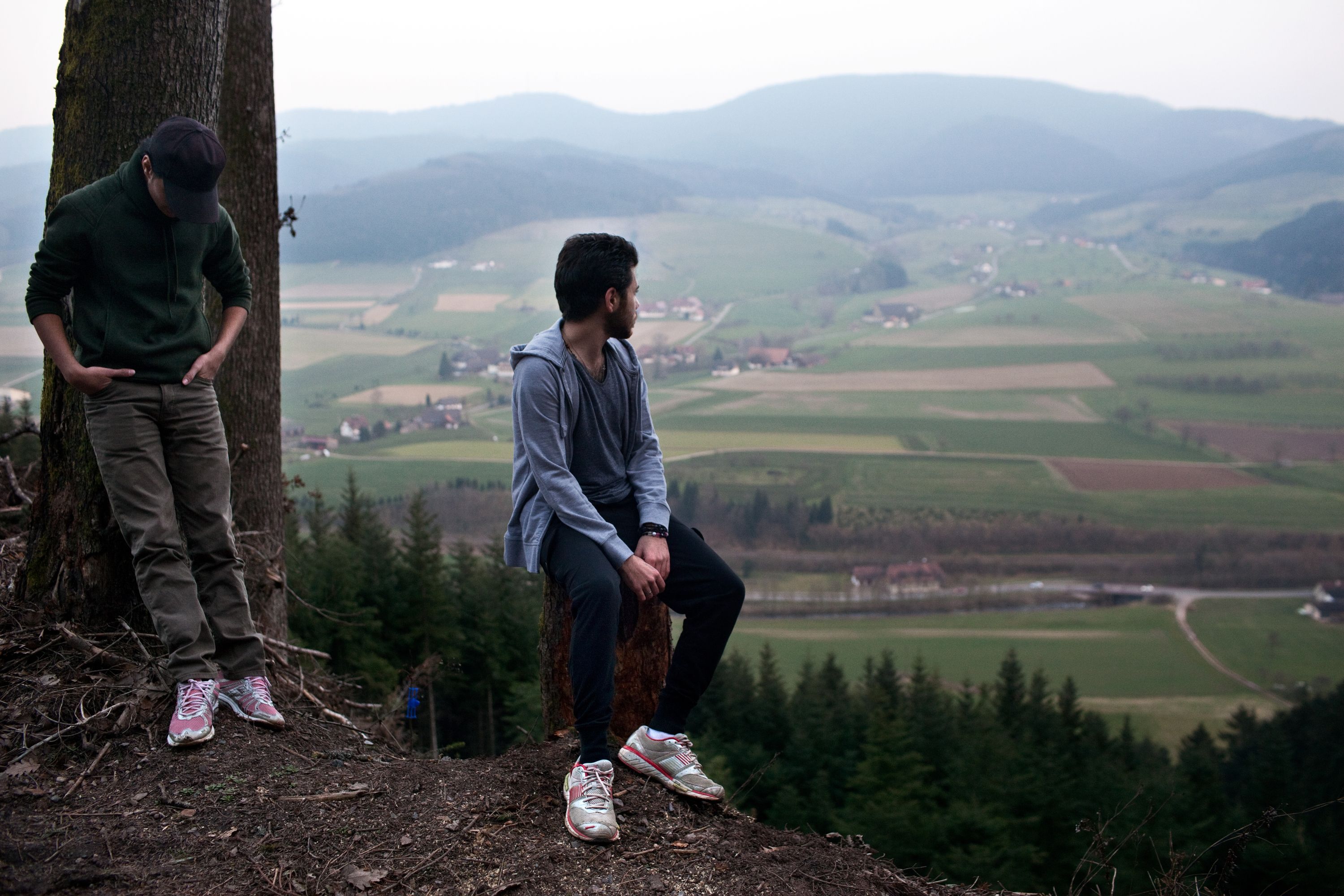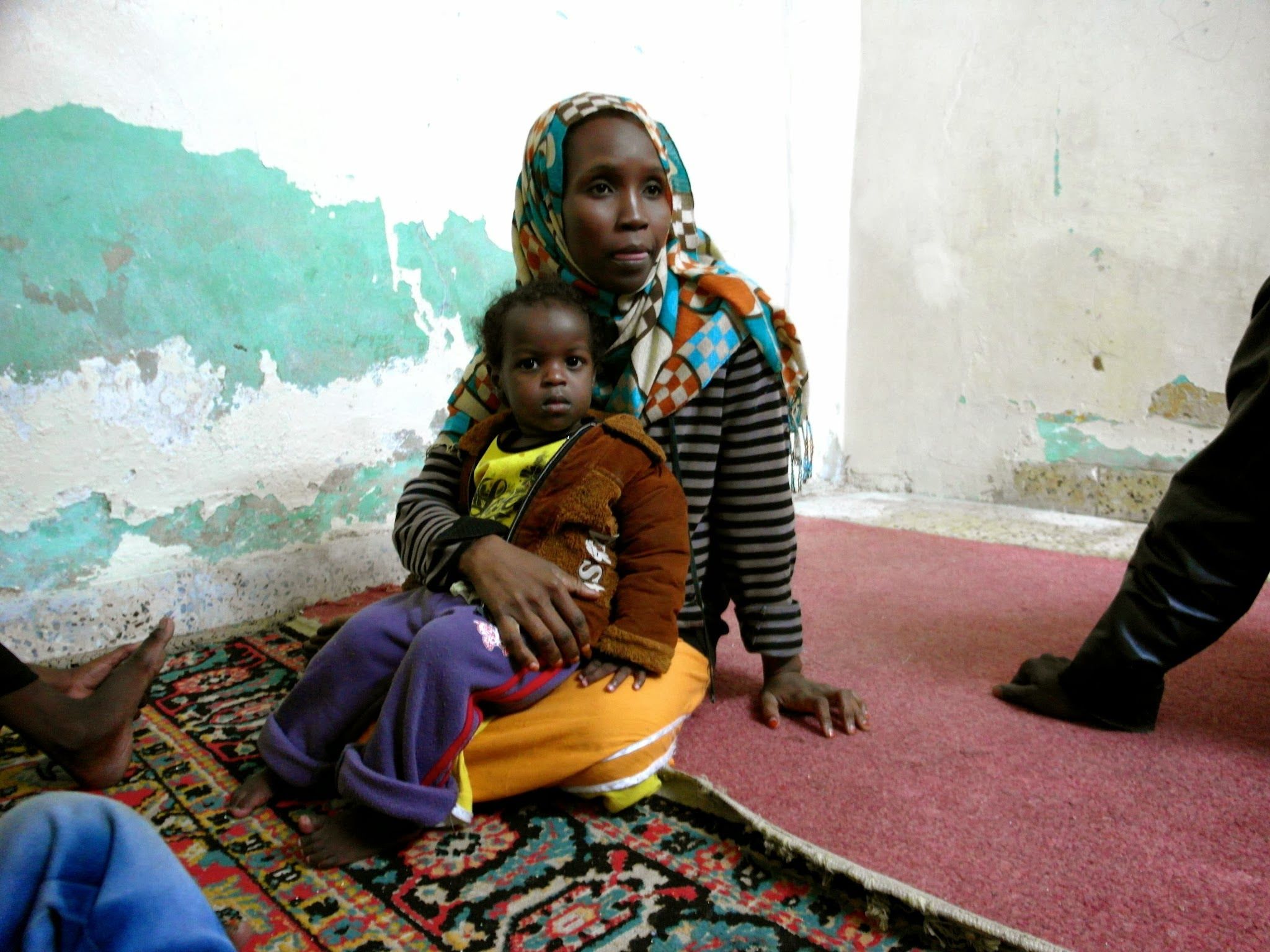CCSS.ELA-LiteracyRH.11-12.9
Integrate and evaluate multiple sources of information presented in diverse formats and media (e.g., visually, quantitatively, as well as in words) in order to address a question or solve a problem.
Objective:
Students will be able to identify the largest problems facing refugees and construct a campaign to spread the word about how to offer solutions and aid to refugees.
Essential Questions:
What are the similarities and differences of refugees coming from Somalia, Sudan, and Syria? What are some solutions to this global problem and how can we spread the word to make people aware of the issues that refugees face?
Warm-up:
Imagine that you are a refugee fleeing persecution in a war-torn country.
- What would you take with you on your journey? (Remember you can only take what you can carry.)
- Where would you flee to or would you stay in your home country?
- How would you get there?
- Would you take your family?
- What will you do if a member of your family gets sick?
- How will you provide for your family?
Discussion:
1.Discuss with a partner.
2. When you are finished, pair up with another partner group and share again.
3, Share with the whole class. Begin a discussion on why this is a global problem.
Introducing the Lesson:
According to Webster's dictionary, a refugee is "someone who has been forced to leave a country because of war or for religious or political reasons." In addition, “internationally displaced people or IDPs have not crossed an international border to find sanctuary but have remained inside their home countries. Even if they have fled for similar reasons as refugees (armed conflict, generalized violence, human rights violations), IDPs legally remain under the protection of their own government – even though that government might be the cause of their flight. As citizens, they retain all of their rights and protection under both human rights and international humanitarian law,” according to the UNHCR web site. The UNHCR is the official UN Refugee Agency that provides aid and protection to millions of displaced persons around the world. In 2015, it was reported that over 59 million people across the world are being displaced from their homes. A diaspora, or people leaving their homeland, has grown in recent years and is becoming a global problem to care, provide and protect these people.
This lesson will use 4 sources: World Refugee Day: Waking Up the International Community(article under Project Syrian Diaspora in a Troubled Europe), Syrian Diaspora in a Troubled Europe (article) Jordan's Other Refugees (slideshow), and Ethipoia: Somali Refugees Flee Al-Shabab Violence (video). All articles were written by journalists from the Pulitzer Center, an organization that supports international journalism. We will analyze the different refugee situations in several countries and evaluate the sources to help us design a campaign to make others aware of this growing global problem.
Reflections:
Discuss your answers to the resource questions. Then, consider:
- Which medium helped you learn most about the plight of refugees?
- What are the things that refugees need in order to live a “fulfilled,” “normal” life?
- Is there anything else that you need to know? How can you find out?
Conclusion:
Creating a Plan to Engage Our Communities
1. In groups of 2-4, review and reflect on what you have learned from each outlet.
2. Develop a social media campaign using at least one of the platform (Facebook, Twitter, Instagram, Blogger) to spread the information you have learned.
3. Develop a hashtag so your information can be tracked.
4. Put out at least 5 pieces of information (posts) and/or pictures on social media that make others aware of this cause.
Optional: Graphic Organizer
Refugees from:
|
Syria |
Sudan |
Somalia |
Other |
|
|
What caused these people to flee their country? |
|
|||
|
Where are they going? |
|
|||
|
What are some of the problems that refugees are facing in each area once they leave their home country? |
|
|||
|
How can we help each group of refugees? |
|
Name_________________________________ Teacher_______________________________
Course________________________________
Scoring Guide for Use of Social Media to Create a Public Awareness Campaign
|
4 |
3 |
2 |
1 |
0 |
|
|
Content |
Students created 5 accurate, powerful, creative posts that generated awareness about the issue |
Students created 4 posts that generated awareness about the issue. |
Students created 3 ineffective posts and was not able to generate awareness of the issue |
Students generated 1-2 false or ineffective posts that did not generate awareness of the issue. |
Students did not post to generate any public awareness to the issue. |
|
Hashtag: |
Students created a powerful hashtag that caught people’s attention generating awareness of the issue |
Students created a hashtag that caught people’s attention generating awareness of the issue. |
Students created a hashtag that did not generate or have the potential of generating awareness. |
Students created a hashtag, but is was inappropriate or not linked with the cause. |
Students did not create hashtag. |
|
Layout and Creativity: |
Students used a variety colorful images, words, and format to successfully generate awareness. |
Students used some colorful images, words, and format to successfully generate awareness. |
Students tried to creatively use images, words and format to generate awareness. |
Students made posts, but did not use colorful images words, or format to generate awareness. |
Students needed improvement in terms of creating creative posts to generate awareness |
|
Overall |
Overall, students were successful in every piece of the project. |
Students made an attempt to show their best work in most parts of the project. |
Students made an attempt to show their best work in some of the parts of the project. |
Students did not attempt to show their best work. |
Project was incomplete. |





